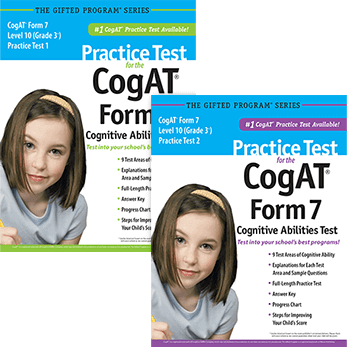


Study relationships between shapes, colors and other physical representations. Prepare for Spatial-Reasoning Questions Step 1 This problem can read 7 - 4 + 0 to equal 3, one of the answer choices. Students must arrange these numbers and symbols to fit one of the five answer choices given (0, 2, 3, 12, 28). Students will be given a series of numbers and mathematical symbols (0 4 7 + - ). Understand the mathematical symbols and what they mean. In this instance the next number is 32, since the list multiplies each number by two to get the next number. Students will be given a series of numbers (2, 4, 8, 16, _) and asked to choose from a list of numbers which comes next. In this instance the two problems are equal, since they both come out to four. Students have to solve each problem and decide whether the first is greater than, less than or equal to the second. One problem will be labeled with a number one, and the second with number two: 1. In one section of the test, students will be given two separate math problems relative to their grade level ability. Study the meanings of greater than, less than and equal to. Prepare for Quantitative-Reasoning Questions Step 1 For instance, students will be given a problem such as "new is to old as wet is to _" and asked to choose the appropriate word that fits the analogy: "damp, moist, dry, hot." Because new and are opposite, choose the opposite of wet: dry. Analogies are word problems that compare two words and ask the test-taker to compare other words the same way. Students will be given sentences like "Snow _ under the sun," followed by a list of words: "freezes, sits, melts, cools, hardens." Students have to pick the most logical word to complete the sentence: in this case, melts. Because the CogAT can be administered at any time between kindergarten and high school graduation, this study will vary by student level. Practice sentence completion exercises with words at the student's grade level.


 0 kommentar(er)
0 kommentar(er)
